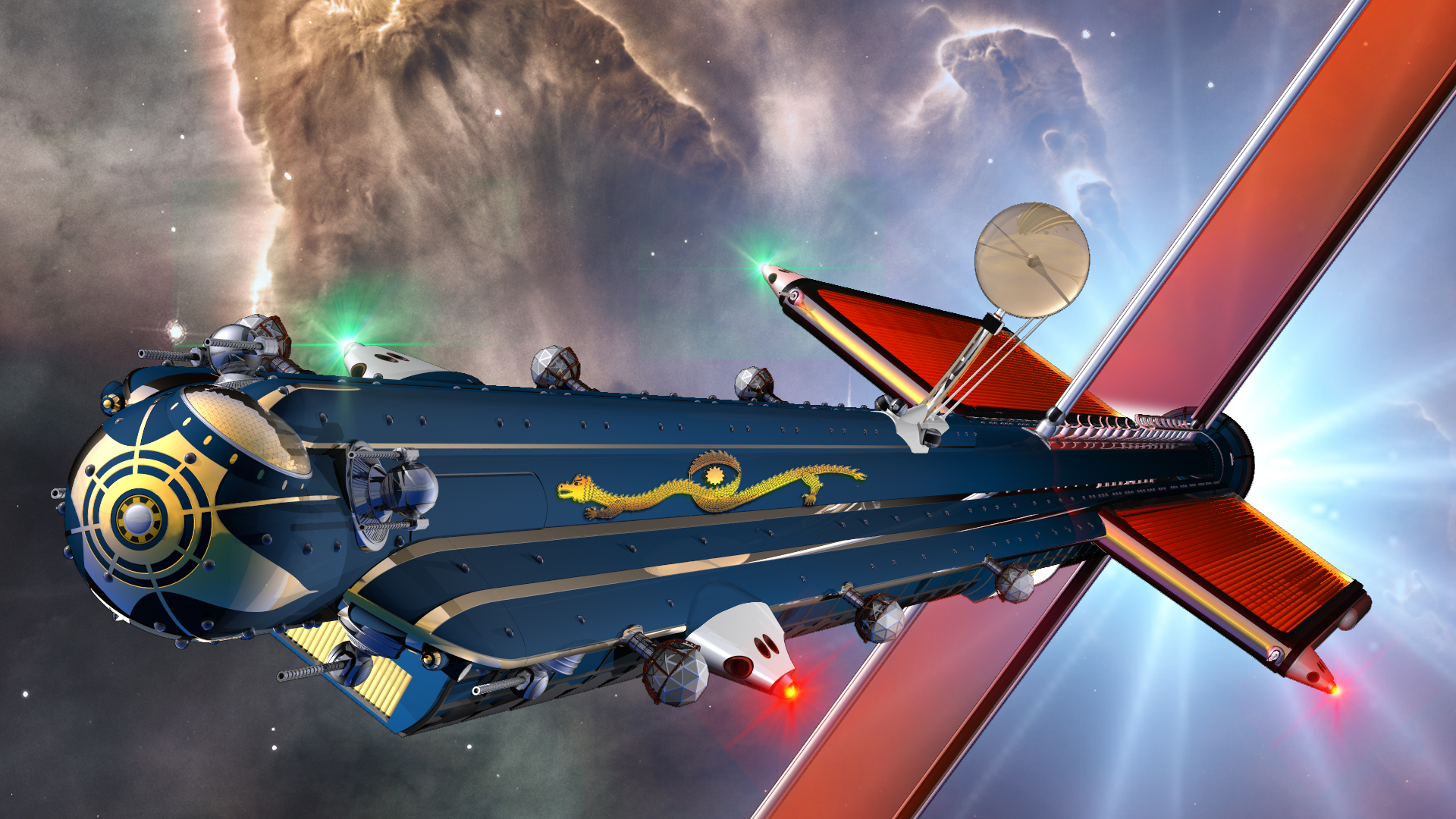Welcome to the Empire!
(And now a metafictional document of introduction which, in a fictional universe, someone might have just handed “you” a copy of when you stepped out of the starship. Those of you who’ve read Accelerando may notice something of a Stross pastiche lurking behind this one; that was deliberate, back
